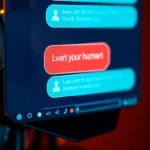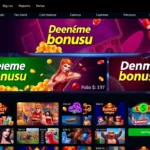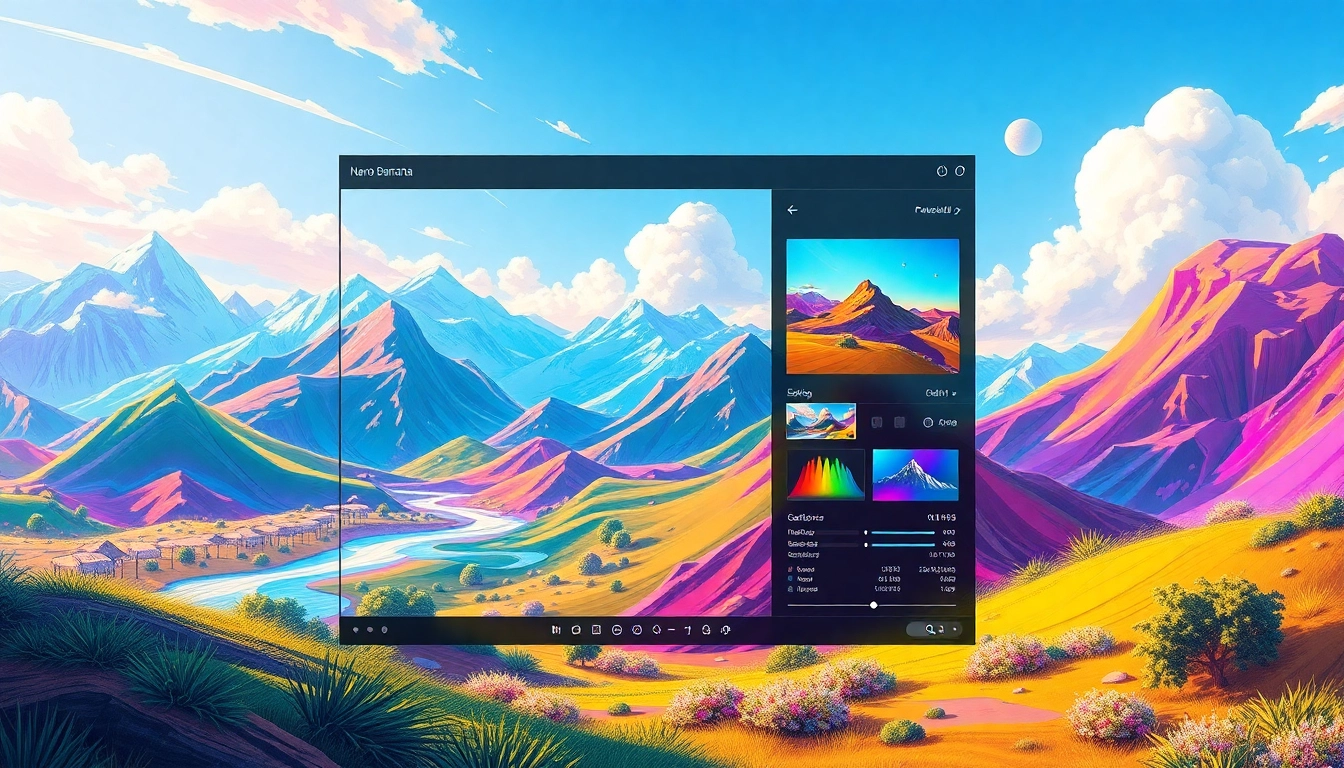Understanding Nano Banana: Features and Capabilities
In the rapidly evolving world of AI-powered imagery, Nano Banana stands out as a groundbreaking tool designed to elevate creative workflows with unparalleled precision and ease. At its core, Nano Banana is an advanced AI image editing platform that harnesses the power of Google’s Gemini 2.5 technology to deliver real-time, conversationally driven image refinement. Unlike traditional image generators, Nano Banana understands your intent at a nuanced level, enabling users to communicate their vision naturally—eliminating the guesswork often associated with prompt-based AI tools.
So, how does Nano Banana work? The platform integrates a sophisticated neural network capable of interpreting complex user instructions, sketches, and mood adjustments through conversational dialogue. Whether you’re transforming rough sketches into detailed photorealistic images, creating stunning 3D characters, or reimagining entire scenes, Nano Banana provides a seamless interface that melds artistic intuition with cutting-edge AI technology.
Key Features: Consistency, Style, and Scene Transformations
- Consistency: Nano Banana excels at maintaining character features, environmental elements, and stylistic coherence across multiple images or scene changes. This addresses a common pain point in AI art—reliability in reproducing the same subject from different angles or under varied conditions.
- Style Versatility: From photorealism to painterly strokes, cartoonish aesthetics, or abstract interpretations, Nano Banana allows users to apply and transfer various artistic styles effortlessly across multiple images or projects.
- Scene and Background Reimagination: Users can reconfigure backgrounds, swap environments, or introduce seasonal and weather effects through simple conversational commands, all while preserving the core subject’s integrity.
Examples of Professional and Creative Use Cases
Nano Banana’s capabilities are already being utilized across diverse industries. Portrait photographers use it to create stunning, consistent character depictions for portfolios. Game developers transform concept sketches into lifelike assets, enabling rapid prototyping. E-commerce brands generate high-quality product images with multiple style variations to optimize visual appeal. Creative agencies leverage scene reimagining to storyboard scenes and animated sequences efficiently. Its versatility demonstrates how AI can empower artists and creators to push boundaries and realize ideas faster than ever before.
Comparing Nano Banana to Competitors
Unique Advantages Over Traditional AI Image Tools
Unlike conventional AI tools that rely heavily on prompt engineering and often produce inconsistent results, Nano Banana shifts the paradigm by emphasizing natural language conversation and iterative refinement. Its core technological breakthrough is resolving the notorious issue of image consistency—allowing users to “dialogue” with the AI until the output matches their vision precisely. This reduces re-rolls, saves time, and enhances creative control.
How Nano Banana Improves Editing Workflow
Traditional AI image editors often involve trial-and-error with prompt tuning, which can be inefficient and frustrating. Nano Banana’s conversational AI interface enables users to upload an initial sketch or image and then continuously refine it via natural language prompts. For example, you can request subtle changes like adjusting lighting, altering facial expressions, or modifying backgrounds—all without starting over. This conversational approach accelerates production timelines and ensures a higher success rate in achieving desired results.
Customer Success Stories Highlighting Effectiveness
Creators like Sarah Martinez, a freelance graphic designer, report increasing their productivity by 3x using Nano Banana for client projects. Indie game developers like PixelCraft use it to generate consistent characters across multiple scenes, drastically reducing the traditional modeling time. E-commerce managers at StyleHub Fashion cite the platform’s ability to produce limitless style variations, boosting sales conversions. These success stories underscore Nano Banana’s transformative impact across creative disciplines.
Getting Started with Nano Banana
Sign-up Process, Pricing, and Licensing Details
Initiating your journey with Nano Banana is straightforward. You can access its features via a subscription model, with tiered pricing catering to individual creators, small teams, and enterprises. Details and current plans are available on their Pricing Page. The platform offers flexible licensing options, allowing for commercial use of generated images, making it ideal for branding, advertising, and product development.
Step-by-step Guide to Creating Your First Images
- Register an account on Nano Banana’s platform.
- Upload a sketch, Source Image, or start with a blank canvas.
- Use conversational prompts to describe your desired modifications or styles.
- Refine the AI’s output interactively—adjust lighting, pose, environment, or style as needed.
- Download your finalized high-resolution image for use in projects.
Tips for Maximizing Creative Output and Consistency
- Provide clear, detailed descriptions during conversations for better results.
- Use reference images to anchor style and composition.
- Leverage the scene reimagining features to explore multiple creative directions rapidly.
- Maintain consistent prompts or style tags when generating a series of images for branding assets or storytelling.
Advanced Techniques and Creative Exploration
Transforming Sketches into Photorealistic Images
Nano Banana excels at turning simple line art or rough sketches into detailed, realistic images. Upload your drawings, then describe the level of realism you want to achieve. The AI interprets depth, textures, and lighting cues, generating images that preserve your composition while enhancing details. This feature is particularly useful for concept artists, game designers, and product developers seeking rapid visualization.
Scene and Background Reimagining with Natural Dialogue
Want to change a scene’s mood or setting? Simply instruct Nano Banana with conversational prompts. For example, “Reimagine this scene in winter with snowfall” or “Place the character in a bustling city background.” The platform automatically adjusts lighting, environment, and atmosphere while preserving the core subject, enabling dynamic storytelling and scene planning.
Applying Multiple Styles and Creating Animated Characters
Whether aiming for a painted vintage look or a vibrant comic book style, Nano Banana allows for style transfer across images. Additionally, its 3D character transformation features enable turning flat portraits into animated models ready for game engines or promotional videos. By maintaining character features across different poses and environments, users can craft coherent animated sequences in minimal time.
Future Trends and Integration Opportunities
Emerging AI Technology in Visual Content Creation
The future of AI-driven imagery is leaning toward more interactive, context-aware systems. Nano Banana’s conversational interface exemplifies this trend, aligning human creativity with machine intelligence. As models evolve, expect even more seamless integrations with 3D rendering, virtual reality, and augmented reality platforms, broadening creative horizons.
How Nano Banana Integrates with Other Platforms Like Flash Image
Nano Banana complements platforms like Flash Image, offering a comprehensive suite of editing, enhancement, and visualization tools. Through API integrations and collaborative workflows, creators can seamlessly transition between generating content and deploying it across web, mobile, or AR environments.
Expanding Commercial and Branding Applications
Businesses are leveraging Nano Banana to produce personalized marketing assets, dynamic product mockups, and consistent brand imagery at scale. Its ability to generate high-quality, styled assets rapidly positions it as an essential tool in accelerating digital marketing strategies and creative brand storytelling.









